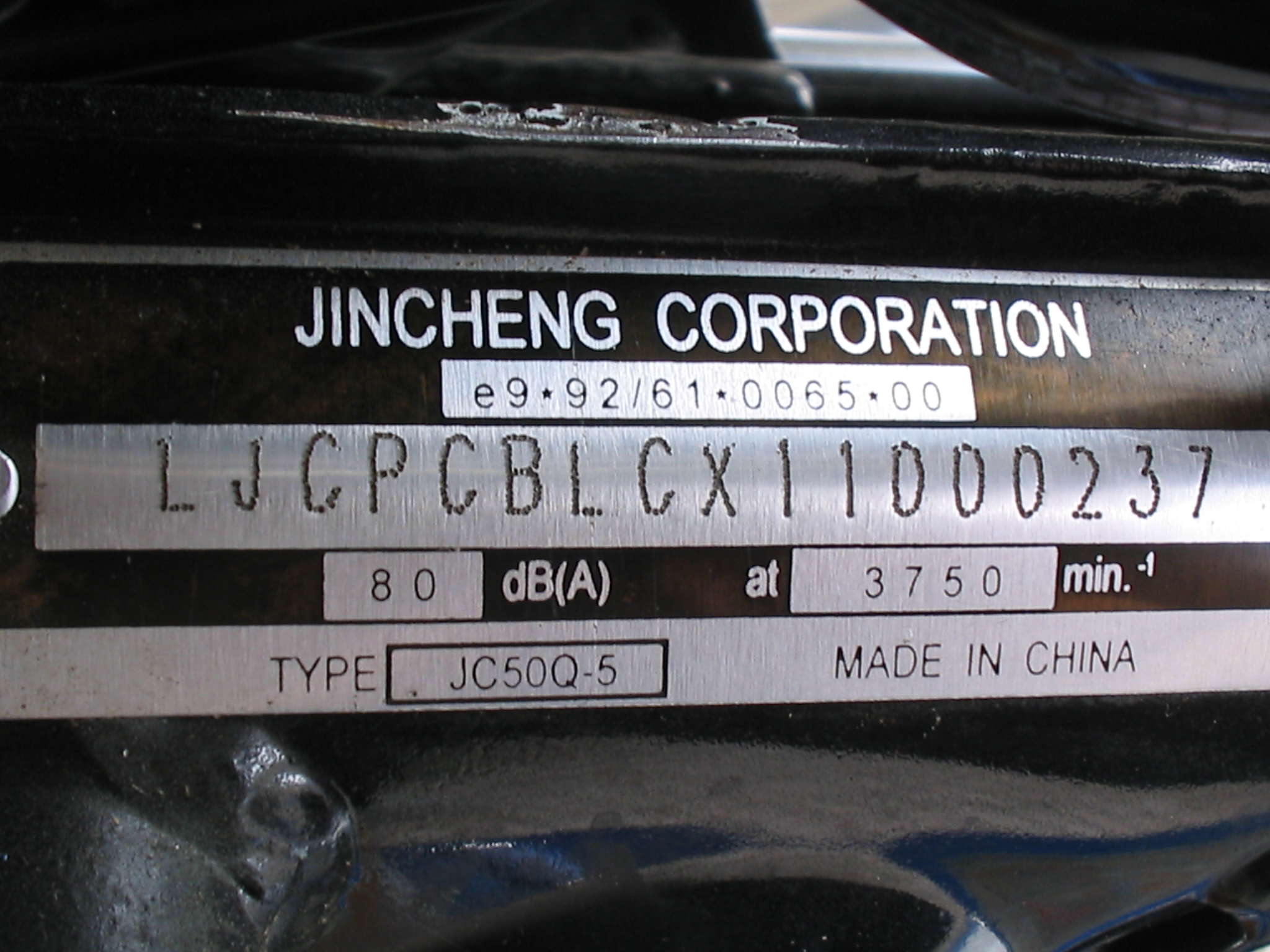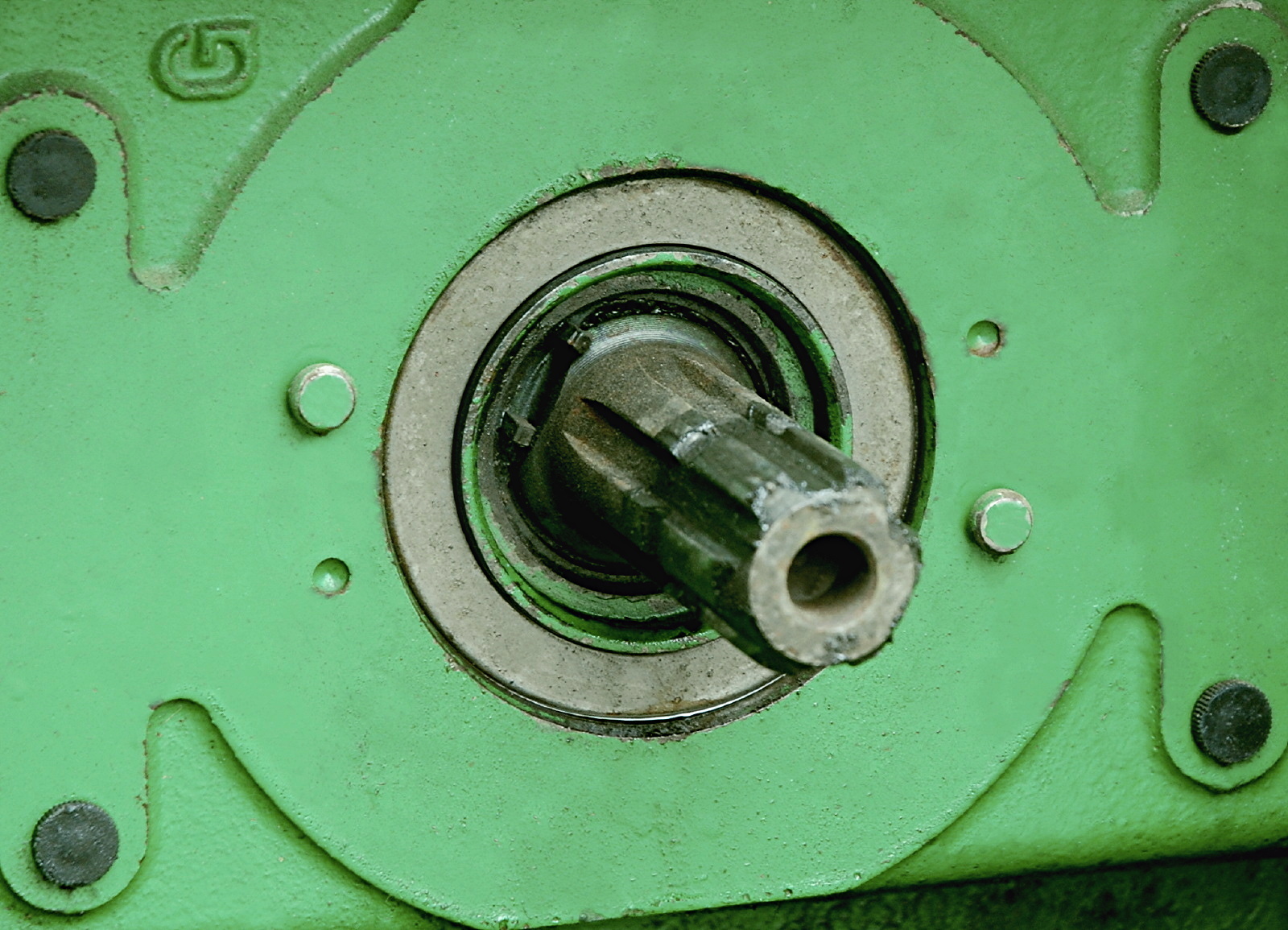|
Fleet Management System
The Fleet Management Systems Interface (FMS) is a standard interface to vehicle data of commercial vehicles. The six European manufacturers Daimler AG, MAN AG, Scania, Volvo (including Renault), DAF Trucks and IVECO developed the so-called FMS-Standard in 2002 to make manufacturer-independent applications for telematics possible. The following data are broadcast at the FMS interface: * Vehicle improvement (all round) * Vehicle speed (wheel based) * Vehicle speed (from tachograph) * Clutch switch (on/off) * Brake switch (on/off) * Cruise control (on/off) * PTO (Status/Mode) * Accelerator pedal position (0–100%) * Total fuel used (litres since lifetime) * Fuel level (0–100%) * Engine speed * Gross axle weight rating (kg) * Total engine hours (h) * FMS-Standard software version (supported modes) * Vehicle identification number (ASCII) * Tachograph information * High-resolution vehicle distance * Service distance * Engine coolant temperature The data are coded according to SAE J19 ... [...More Info...] [...Related Items...] OR: [Wikipedia] [Google] [Baidu] |
Interface (computer Science)
In computing, an interface is a shared boundary across which two or more separate components of a computer system exchange information. The exchange can be between software, computer hardware, peripheral devices, humans, and combinations of these. Some computer hardware devices, such as a touchscreen, can both send and receive data through the interface, while others such as a mouse or microphone may only provide an interface to send data to a given system. Hardware interfaces Hardware interfaces exist in many components, such as the various buses, storage devices, other I/O devices, etc. A hardware interface is described by the mechanical, electrical, and logical signals at the interface and the protocol for sequencing them (sometimes called signaling). See also: A standard interface, such as SCSI, decouples the design and introduction of computing hardware, such as I/O devices, from the design and introduction of other components of a computing system, thereby allo ... [...More Info...] [...Related Items...] OR: [Wikipedia] [Google] [Baidu] |
Gross Axle Weight Rating
Vehicle weight is a measurement of wheeled motor vehicles; either an actual measured weight of the vehicle under defined conditions or a gross weight rating for its weight carrying capacity. Curb or kerb weight Curb weight (U.S. English) or kerb weight (British English) is the total mass of a vehicle with standard equipment and all necessary operating consumables such as motor oil, transmission oil, brake fluid, coolant, air conditioning refrigerant, and sometimes a full tank of fuel, while not loaded with either passengers or cargo. The gross vehicle weight is larger and includes the maximum payload of passengers and cargo. This definition may differ from definitions used by governmental regulatory agencies or other organizations. For example, many European Union manufacturers include the weight of a driver and luggage to follow European Directive 95/48/EC. Organizations may also define curb weight with fixed levels of fuel and other variables to equalize the value for the comp ... [...More Info...] [...Related Items...] OR: [Wikipedia] [Google] [Baidu] |
Fleet Management Software
Fleet management software (FMS) is computer software that enables people to accomplish a series of specific tasks in the management of any or all aspects relating to a fleet of vehicles operated by a company, government, or other organisation. These specific tasks encompass all operations from vehicle acquisition through maintenance to disposal. Fleet management software functions The main function of fleet management software is to accumulate, store, process, monitor, report on and export information. Information can be imported from external sources such as gas pump processors, territorial authorities for managing vehicle registration (for example DVLA and VOSA), financial institutions, insurance databases, vehicle specification databases, mapping systems and from internal sources such as Human Resources and Finance. Vehicle management Fleet management software should be able to manage processes, tasks and events related to all kinds of vehicles - car, trucks, earth-moving machi ... [...More Info...] [...Related Items...] OR: [Wikipedia] [Google] [Baidu] |
European Automobile Manufacturers Association
The European Automobile Manufacturers Association (french: Association des Constructeurs Européens d'Automobiles; abbreviated ACEA) is the main lobbying and standards group of the automobile industry in the European Union. In February 1991 it became the successor of the CCMC manufacturers committee (french: Comité des Constructeurs du Marché Commun) which was founded in October 1972. Its members include: BMW, DAF, Daimler Truck, Ford of Europe, Ferrari, Honda, Hyundai Motor Europe, Iveco, Jaguar Land Rover, Mercedes-Benz Group, Renault, Stellantis, Toyota Europe, Volkswagen Group, Volvo Cars and Volvo Group. On 13 June 2022, Stellantis has announced it would leave the European carmaker association ACEA by the end of 2022 as part of a new approach to addressing issues and challenges of future mobility, including a shift away from traditional lobbying activity. On 8 July 2022, Volvo Cars announced it will leave the European Automobile Manufacturers Association (ACEA) by the ... [...More Info...] [...Related Items...] OR: [Wikipedia] [Google] [Baidu] |
Bus (computing)
In computer architecture, a bus (shortened form of the Latin '' omnibus'', and historically also called data highway or databus) is a communication system that transfers data between components inside a computer, or between computers. This expression covers all related hardware components (wire, optical fiber, etc.) and software, including communication protocols. Early computer buses were parallel electrical wires with multiple hardware connections, but the term is now used for any physical arrangement that provides the same logical function as a parallel electrical busbar. Modern computer buses can use both parallel and bit serial connections, and can be wired in either a multidrop (electrical parallel) or daisy chain topology, or connected by switched hubs, as in the case of Universal Serial Bus (USB). Background and nomenclature Computer systems generally consist of three main parts: * The central processing unit (CPU) that processes data, * The memory that holds the p ... [...More Info...] [...Related Items...] OR: [Wikipedia] [Google] [Baidu] |
Truck Manufacturer
A truck or lorry is a motor vehicle designed to transport cargo, carry specialized payloads, or perform other utilitarian work. Trucks vary greatly in size, power, and configuration, but the vast majority feature body-on-frame construction, with a cabin that is independent of the payload portion of the vehicle. Smaller varieties may be mechanically similar to some automobiles. Commercial trucks can be very large and powerful and may be configured to be mounted with specialized equipment, such as in the case of refuse trucks, fire trucks, concrete mixers, and suction excavators. In American English, a commercial vehicle without a trailer or other articulation is formally a "straight truck" while one designed specifically to pull a trailer is not a truck but a "tractor". The majority of trucks currently in use are still powered by diesel engines, although small- to medium-size trucks with gasoline engines exist in the US, Canada, and Mexico. The market-share of electrically ... [...More Info...] [...Related Items...] OR: [Wikipedia] [Google] [Baidu] |
J1939
Society of Automotive Engineers standard SAE J1939 is the vehicle bus recommended practice used for communication and diagnostics among vehicle components. Originating in the car and heavy-duty truck industry in the United States, it is now widely used in other parts of the world. SAE J1939 is used in the commercial vehicle area for connection and communication throughout the vehicle, with the physical layer defined in ISO 11898. A different physical layer is used between the tractor and trailer, specified in ISO 11992. History Originally, Controller Area Network (CAN) was not mentioned in J1939, which covered cars and tractor-trailer rigs, and with some dual and triple use 8-bit addresses assigned by the SAE J1939 board. CAN was not originally free, but its instruction set did fit in the custom instruction format of J1939. This was true as of 2000. Since then, CAN has been included, the chipset for J1939 has been clocked faster, and 16-bit addresses (PGN) have replaced 8-bit addr ... [...More Info...] [...Related Items...] OR: [Wikipedia] [Google] [Baidu] |
Vehicle Identification Number
A vehicle identification number (VIN) (also called a chassis number or frame number) is a unique code, including a serial number, used by the automotive industry to identify individual motor vehicles, towed vehicles, motorcycles, scooters and mopeds, as defined by the International Organization for Standardization in ISO 3779 (content and structure) and ISO 4030 (location and attachment). There are vehicle history services in several countries that help potential car owners use VINs to find vehicles that are defective or have been written off. History of the bodywork number VINs were first used in 1954 in the United States. From 1954 to 1981, there was no accepted standard for these numbers, so different manufacturers used different formats. In 1981, the National Highway Traffic Safety Administration of the United States standardized the format. It required all on-road vehicles sold to contain a 17-character VIN, which does not include the letters O (o), I (i), and Q (q ... [...More Info...] [...Related Items...] OR: [Wikipedia] [Google] [Baidu] |
Power Take-off
A power take-off or power takeoff (PTO) is one of several methods for taking power from a power source, such as a running engine, and transmitting it to an application such as an attached implement or separate machine. Most commonly, it is a splined drive shaft installed on a tractor or truck allowing implements with mating fittings to be powered directly by the engine. Semi-permanently mounted power take-offs can also be found on industrial and marine engines. These applications typically use a drive shaft and bolted joint to transmit power to a secondary implement or accessory. In the case of a marine application, such shafts may be used to power fire pumps. In aircraft applications, such an accessory drive may be used in conjunction with a constant speed drive. Jet aircraft have four types of PTO units: internal gearbox, external gearbox, radial drive shaft, and bleed air, which are used to power engine accessories. In some cases, aircraft power take-off systems also provid ... [...More Info...] [...Related Items...] OR: [Wikipedia] [Google] [Baidu] |
Daimler AG
The Mercedes-Benz Group AG (previously named Daimler-Benz, DaimlerChrysler and Daimler) is a German multinational automotive corporation headquartered in Stuttgart, Baden-Württemberg, Germany. It is one of the world's leading car manufacturers. Daimler-Benz was formed with the merger of Benz & Cie. and Daimler Motoren Gesellschaft in 1926. The company was renamed DaimlerChrysler upon acquiring the American automobile manufacturer Chrysler Corporation in 1998, and was again renamed Daimler AG upon divestment of Chrysler in 2007. In 2021, Daimler AG was the second-largest German automaker and the sixth-largest worldwide by production. In February 2022, Daimler was renamed Mercedes-Benz Group. The Mercedes-Benz Group's marques are Mercedes-Benz for cars and vans (including Mercedes-AMG and Mercedes-Maybach) and Smart. It has shares in other vehicle manufactures such as Daimler Truck, Denza, BAIC Motor and Aston Martin. By unit sales, the Mercedes-Benz Group is the thirteenth- ... [...More Info...] [...Related Items...] OR: [Wikipedia] [Google] [Baidu] |
Cruise Control
Cruise control (also known as speed control, cruise command, autocruise, or tempomat) is a system that automatically controls the speed of a motor vehicle. The system is a servomechanism that takes over the throttle of the car to maintain a steady speed as set by the driver. History Speed control existed in early automobiles such as the Wilson-Pilcher in the early 1900s. They had a lever on the steering column that could be used to set the speed to be maintained by the engine. In 1908, the Peerless included a governor to maintain the speed of the engine through an extra throttle lever on the steering wheel. Peerless successfully used a flyball governor. They advertised their system as being able to "maintain speed whether uphill or down". A governor was used by James Watt and Matthew Boulton in 1788 to control steam engines, but the use of governors dates at least back to the 17th century. On an engine, the governor uses centrifugal force to adjust throttle position to ada ... [...More Info...] [...Related Items...] OR: [Wikipedia] [Google] [Baidu] |


.jpg)

